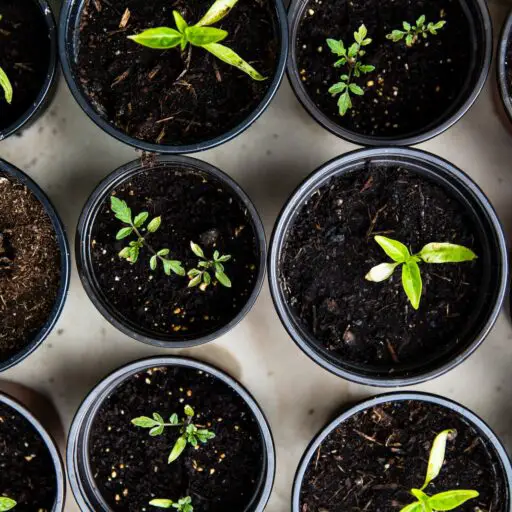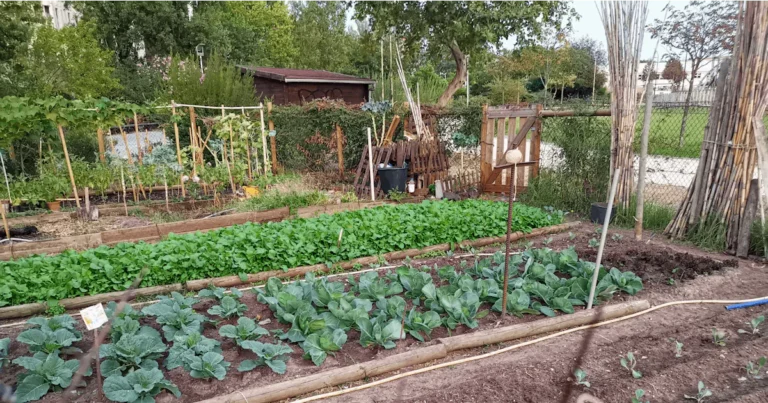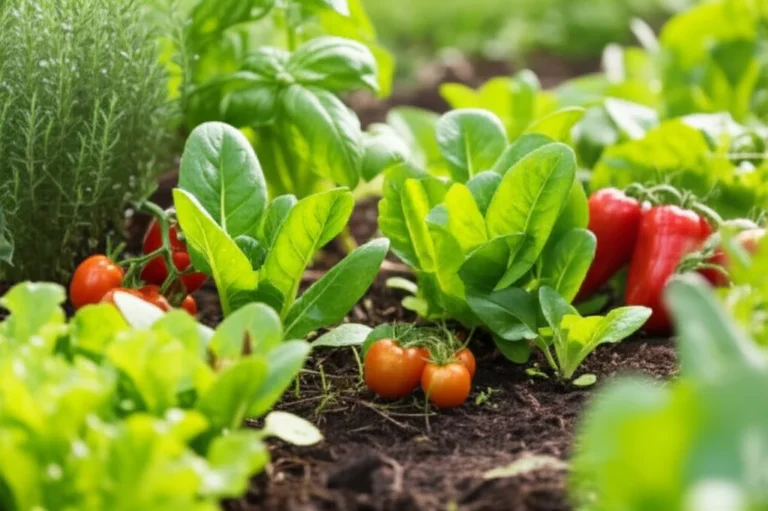Support our educational content for free when you purchase through links on our site. Learn more
Imagine stepping into a community garden bursting with vibrant colors, fresh aromas, and the satisfying crunch of homegrown veggies. But have you ever wondered which vegetables truly thrive in these shared green spaces? From leafy greens that keep on giving to root crops that surprise you underground, community gardens are treasure troves of edible delights—and knowing what to plant can turn your plot from a flop into a flourishing feast.
Did you know that community gardens have increased by over 20% in urban areas over the past decade? 🌆 That means more neighbors growing together, sharing stories, and harvesting fresh produce. But with limited space, varying schedules, and unpredictable weather, choosing the right vegetables is key. In this article, we reveal the top 15 vegetables perfect for community gardens in 2025, share expert tips on planting, watering, and pest control, and sprinkle in inspiring success stories to keep you motivated. Ready to dig in?
Key Takeaways
- Choose low-maintenance, high-yield vegetables like kale, cherry tomatoes, and radishes for reliable success in community gardens.
- Use vertical gardening and companion planting to maximize space and naturally protect your crops from pests.
- Plant seasonally and stagger your crops to enjoy fresh harvests all year round.
- Sustainable practices like mulching, composting, and organic pest control keep your garden eco-friendly and productive.
- Harvest regularly and at the right time to encourage continuous vegetable production and peak flavor.
Ready to upgrade your garden game? Check out these essentials:
- Drip Irrigation Kits: Amazon | Walmart
- Organic Seeds: Burpee | Johnny’s Selected Seeds | Baker Creek Heirloom Seeds
- Raised Garden Beds: Amazon | Home Depot
Dive into the full guide and watch your community garden plot flourish like never before! 🌿
Table of Contents
- Quick Tips and Facts About Community Garden Vegetables 🌱
- The Roots of Community Gardens: History and Evolution of Shared Vegetable Plots 🌿
- What to Plant in a Community Garden: Choosing the Best Vegetables for Success 🥕
- Top 15 Vegetables Perfect for Community Gardens: From Leafy Greens to Root Crops 🥦
- Seasonal Planting Guide: When to Grow Your Community Garden Veggies for Maximum Yield 🌞❄️
- Soil, Sunlight, and Space: Optimizing Your Community Garden for Thriving Vegetables 🌻
- Companion Planting and Pest Control: Natural Ways to Protect Your Community Garden Crops 🐞
- Watering Wisdom: How to Keep Your Community Garden Vegetables Hydrated Without Overdoing It 💧
- Harvesting Hacks: When and How to Pick Your Community Garden Vegetables for Peak Flavor 🍅
- Community Garden Success Stories: Real-Life Veggie Triumphs and Lessons Learned 🌟
- Troubleshooting Common Challenges in Community Garden Vegetable Growing 🐛
- Sustainable Practices for Community Gardens: Eco-Friendly Vegetable Growing Tips 🌎
- Conclusion: Growing Together – The Joy and Benefits of Community Garden Vegetables 🌈
- Recommended Links for Community Gardeners and Vegetable Enthusiasts 🔗
- FAQ: Your Burning Questions About Community Garden Vegetables Answered ❓
- Reference Links: Trusted Sources for Community Garden Vegetable Growing 📚
Quick Tips and Facts About Community Garden Vegetables 🌱
Welcome to the green-thumb club! Whether you’re a seasoned community gardener or just starting your first plot, knowing what vegetables thrive best in a community garden can make all the difference between a flop and a flourish. At Community Gardening™, we’ve seen it all—from tiny radishes bursting with flavor to sprawling tomato vines that steal the show. Here’s a quick cheat sheet to get you growing with confidence:
- ✅ Choose low-maintenance, high-yield veggies: Community gardens often mean limited daily visits, so plants like kale, Swiss chard, and radishes are your best friends.
- ✅ Opt for varieties that tolerate some neglect: Cherry tomatoes and herbs like parsley and basil can handle a bit of forgetfulness and still reward you.
- ✅ Think vertical: Use trellises for peas, cucumbers, and pole beans to maximize space and reduce pest issues.
- ✅ Plant in seasons: Cool-season crops like kale and radishes do well in spring and fall; heat lovers like peppers and eggplants thrive in summer.
- ✅ Companion planting is your secret weapon: Marigolds and zinnias attract pollinators and deter pests, boosting your veggie harvest.
- ✅ Mulch is magic: A 2-inch layer of straw or shredded leaves keeps moisture in and weeds out.
Want to dive deeper? We’ll unpack everything from soil prep to harvesting hacks in the sections ahead. Meanwhile, check out our community vegetable garden project for real-life inspiration!
The Roots of Community Gardens: History and Evolution of Shared Vegetable Plots 🌿
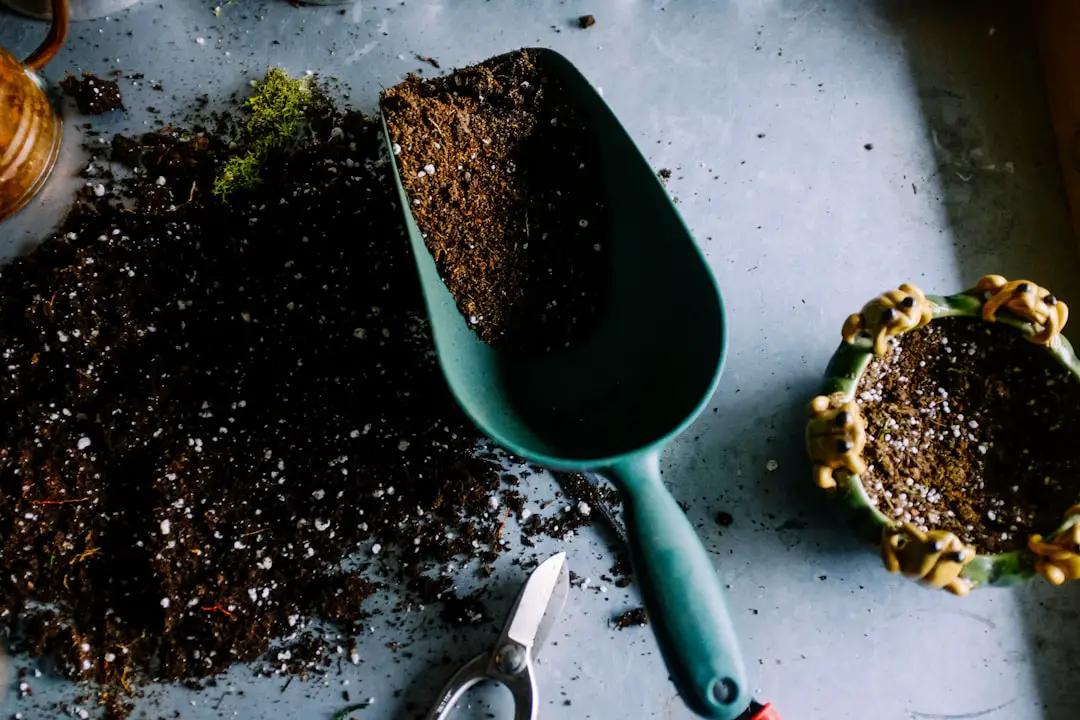
Community gardens aren’t just about growing veggies—they’re about growing connections, culture, and community spirit. The concept dates back centuries, but modern community gardens blossomed during the World Wars as “Victory Gardens” to boost food security. Today, they’re vibrant hubs for urban dwellers to reclaim green space, share knowledge, and enjoy fresh produce.
Why Community Gardens Matter for Vegetables
- Urban food deserts get fresh, affordable veggies.
- Gardeners learn sustainable practices and share heirloom seeds.
- They foster biodiversity with diverse vegetable varieties.
According to the American Community Gardening Association (ACGA), community gardens have increased by over 20% in urban areas in the last decade, reflecting a growing hunger for local, fresh food and social connection. 🌎
For a deep dive into community garden benefits, see our Benefits of Community Gardens section.
What to Plant in a Community Garden: Choosing the Best Vegetables for Success 🥕
Picking the right veggies for your community garden plot is like choosing the perfect cast for a play—each has a role, and together they create a thriving ecosystem. Here’s how to select your vegetable stars:
Factors to Consider
- Maintenance Level: Can you visit daily or only weekly? Low-maintenance crops like kale and Swiss chard are forgiving.
- Space Needs: Some plants (like tomatoes) need staking or cages; others (like radishes) take minimal room.
- Harvest Window: Quick growers like radishes and lettuce give fast rewards; slow growers like garlic require patience.
- Climate Compatibility: Know your USDA hardiness zone and seasonal weather patterns.
- Community Preferences: What do your fellow gardeners enjoy eating?
Pro Tips from Community Gardening™ Experts
- Start with easy-to-grow herbs like basil (Italian Large Leaf or Genovese) and parsley (Italian Flat Leaf). They’re crowd-pleasers and low fuss.
- Incorporate leafy greens like kale (Red Russian or Lacinato) and Swiss chard (Bright Lights) for continuous harvest.
- Try root vegetables such as radishes and potatoes (Adirondack Red) for variety and storage potential.
- Use vertical growers like peas and pole beans to maximize limited space.
For detailed planting calendars and tips, visit our Garden Maintenance Tips page.
Top 15 Vegetables Perfect for Community Gardens: From Leafy Greens to Root Crops 🥦
Ready for the ultimate veggie lineup? Here’s our curated list of top vegetables that thrive in community gardens, balancing ease, yield, and taste. We’ve included recommended varieties based on real gardener feedback and expert advice.
| Vegetable | Why It Rocks | Recommended Varieties | Maintenance Level | Harvest Time |
|---|---|---|---|---|
| 1. Kale | Hardy, nutrient-dense, continuous harvest | Red Russian, Lacinato, Winterbor | Low | 50-65 days |
| 2. Swiss Chard | Colorful, prolific leaf producer | Bright Lights | Low | 50-60 days |
| 3. Cherry Tomatoes | Prolific, theft-resistant, tasty | Sun Gold, Sweet 100 | Medium | 60-70 days |
| 4. Radishes | Fast-growing, easy for beginners | Cherry Belle, French Breakfast | Very Low | 25-30 days |
| 5. Basil | Fragrant, versatile herb | Genovese, Purple Ruffles | Low | 60-90 days |
| 6. Peppers | Sweet or hot, compact varieties | Carmen, Jimmy Nardello | Medium | 60-90 days |
| 7. Garlic | Plant in fall, harvest in summer | Music, German Red | Low | 240 days |
| 8. Onions | Storage-friendly, versatile | Redwing, Patterson | Medium | 90-120 days |
| 9. Potatoes | Fun to grow underground | Adirondack Red, Magic Molly | Medium | 70-120 days |
| 10. Lettuce | Quick-growing, multiple varieties | Buttercrunch, Romaine | Low | 30-60 days |
| 11. Cucumbers | Great for trellising, refreshing | Marketmore, Lemon | Medium | 50-70 days |
| 12. Beans (Pole) | Space-saving vertical growers | Blue Lake, Kentucky Wonder | Low | 50-60 days |
| 13. Beets | Dual-purpose (roots & greens) | Detroit Dark Red, Golden | Low | 50-70 days |
| 14. Parsley | Hardy herb, great for cooking | Italian Flat Leaf | Low | 70-90 days |
| 15. Mustard Greens | Fast-growing, spicy leaves | Southern Giant, Red Giant | Low | 30-40 days |
Why These Veggies?
- Low to medium maintenance fits community garden schedules.
- Variety in harvest times ensures fresh produce all season.
- Compact or vertical growth maximizes limited plot space.
Want to see these veggies in action? Check out our Community Garden Events for upcoming workshops and tours!
Seasonal Planting Guide: When to Grow Your Community Garden Veggies for Maximum Yield 🌞❄️
Timing is everything in gardening. Plant too early or too late, and you risk frost damage or stunted growth. Here’s your seasonal roadmap for planting community garden vegetables based on USDA zones 5-8 (typical moderate climates):
| Season | Vegetables to Plant | Notes |
|---|---|---|
| Early Spring | Peas, radishes, lettuce, spinach, kale | Cool-season crops; plant as soon as soil thaws |
| Late Spring | Tomatoes, peppers, cucumbers, beans | Warm-season crops; plant after last frost |
| Summer | Beans, basil, eggplant, squash | Keep well-watered; watch for heat stress |
| Fall | Kale, Swiss chard, garlic (plant), onions | Plant fall crops for late harvest or overwintering |
| Winter | Garlic (overwinter), cover crops (clover) | Protect with mulch; prep soil for spring |
Pro Tip: Stagger Planting
Plant quick growers like radishes and lettuce every 2-3 weeks for a continuous harvest. This keeps your community garden buzzing with fresh veggies all season long!
Soil, Sunlight, and Space: Optimizing Your Community Garden for Thriving Vegetables 🌻
Your veggies can only grow as well as their environment allows. Here’s how to set the stage for success:
Soil Prep
- Test soil pH (ideal 6.0-7.0 for most veggies).
- Amend with compost or organic matter to improve fertility and drainage.
- Avoid compacted soil; loosen with a garden fork or tiller.
Sunlight
- Most vegetables need 6-8 hours of direct sunlight daily.
- Leafy greens tolerate partial shade; tomatoes and peppers demand full sun.
Space Management
- Use raised beds or containers if soil quality is poor.
- Employ vertical supports for vining plants to save ground space.
- Plan for crop rotation to avoid soil depletion and disease buildup.
Real-Life Anecdote
One of our gardeners, Maria, transformed a shady, compacted plot by adding raised beds and planting shade-tolerant greens like kale and mustard. Her harvest tripled in one season!
For more soil and design tips, visit our Garden Design Ideas page.
Companion Planting and Pest Control: Natural Ways to Protect Your Community Garden Crops 🐞
No one likes uninvited guests munching on their veggies! Companion planting is a natural, eco-friendly way to keep pests at bay and boost yields.
Classic Companion Pairings
| Vegetable | Companion Plants | Benefits |
|---|---|---|
| Tomatoes | Basil, marigolds, nasturtiums | Repels aphids, attracts pollinators |
| Beans | Corn, cucumbers | Beans fix nitrogen; corn provides support |
| Carrots | Onions, leeks | Masks carrot scent from pests |
| Cabbage Family | Dill, rosemary, sage | Repels cabbage moths |
Pest Control Tips
- Marigolds and zinnias attract beneficial insects like ladybugs and hoverflies.
- Handpick pests like cabbage worms or aphids early.
- Use organic sprays (neem oil, insecticidal soap) as a last resort.
- Rotate crops yearly to prevent soil-borne diseases.
Fun Fact
Marigolds don’t just look pretty—they release a chemical that deters nematodes in the soil, protecting root veggies! 🌼
Watering Wisdom: How to Keep Your Community Garden Vegetables Hydrated Without Overdoing It 💧
Watering can be tricky—too little and your plants wilt; too much and roots rot. Here’s the lowdown on watering community garden veggies:
Watering Basics
- Most veggies need about 1 inch of water per week, either from rain or irrigation.
- Water deeply and less frequently to encourage strong roots.
- Early morning watering reduces evaporation and fungal diseases.
Tips for Community Gardens
- Use soaker hoses or drip irrigation to conserve water and target roots.
- Mulch to retain soil moisture and reduce watering frequency.
- Group plants with similar water needs together for efficient irrigation.
Our Experience
We’ve found that installing simple drip irrigation kits from brands like Rain Bird or Orbit can save hours of hand watering and improve yields dramatically.
👉 Shop drip irrigation kits on:
Harvesting Hacks: When and How to Pick Your Community Garden Vegetables for Peak Flavor 🍅
Harvesting is the grand finale of your gardening efforts! Picking at the right time ensures maximum flavor and encourages plants to produce more.
When to Harvest
- Leafy greens: Pick outer leaves when 6-8 inches long; don’t harvest all at once.
- Tomatoes: Harvest when fully colored and slightly soft to the touch. Cherry tomatoes can be picked as they ripen.
- Peppers: Pick when they reach full size and desired color (green, red, yellow).
- Root vegetables: Harvest beets and carrots when roots are 1-3 inches diameter.
How to Harvest
- Use clean, sharp scissors or garden shears to avoid damaging plants.
- Harvest in the morning when veggies are crisp and hydrated.
- For continuous harvest, pick regularly—plants respond by producing more!
Pro Tip
Try the “snap test” on beans: they should break cleanly when ripe, not bend. This ensures peak tenderness.
Community Garden Success Stories: Real-Life Veggie Triumphs and Lessons Learned 🌟
Nothing inspires like stories from the trenches! Here are some highlights from our Community Gardening™ family:
Story 1: From Flop to Flourish — The Cherry Tomato Miracle
Jessica started with a tiny 4×4 plot in a busy urban garden. She planted cherry tomatoes (Sun Gold variety) and basil. Despite a rocky start, she learned to stake her tomatoes and harvest regularly. By mid-summer, her plot was bursting with golden fruits, and neighbors stopped by for fresh pesto ingredients!
Story 2: The Kale Comeback
Mark struggled with pests on his kale until he planted marigolds nearby. The pest population dropped, and his kale leaves grew bigger and sweeter. He now swears by companion planting and shares seedlings with new gardeners.
Lessons Learned
- Start small and expand as you gain confidence.
- Ask your neighbors for tips and share seeds.
- Don’t be discouraged by setbacks—every gardener has them!
Want to share your story? Join our next Community Garden Events meetup!
Troubleshooting Common Challenges in Community Garden Vegetable Growing 🐛
Even the best-laid plans hit snags. Here’s how to tackle common issues:
| Problem | Symptoms | Solutions |
|---|---|---|
| Pest infestations | Holes in leaves, wilting plants | Companion planting, handpicking, organic sprays |
| Powdery mildew | White powder on leaves | Improve air circulation, water early, use resistant varieties |
| Poor germination | Few or no seedlings | Check seed viability, soil temperature, moisture levels |
| Nutrient deficiencies | Yellowing leaves, stunted growth | Add compost, balanced organic fertilizer |
| Overwatering | Root rot, yellow leaves | Improve drainage, water less frequently |
Remember, patience and observation are your best tools. For more detailed advice, check out our Garden Maintenance Tips.
Sustainable Practices for Community Gardens: Eco-Friendly Vegetable Growing Tips 🌎
Community gardens are the perfect place to practice sustainability. Here’s how to keep your veggie patch green inside and out:
Eco-Friendly Tips
- Use organic seeds and fertilizers to avoid harmful chemicals.
- Collect rainwater for irrigation.
- Compost kitchen scraps and garden waste to enrich soil.
- Plant native flowers and herbs to support pollinators.
- Practice crop rotation and cover cropping to maintain soil health.
Why It Matters
Sustainable gardening reduces environmental impact and creates a healthier ecosystem for your veggies—and your community. Plus, it’s a great conversation starter at garden meetups! 🌻
For more on eco-friendly gardening, visit our Community Garden Policies section.
We’ve covered a lot of ground, but there’s always more to explore! Ready to take your community garden veggies to the next level? Keep reading for our conclusion and handy resources.
Conclusion: Growing Together – The Joy and Benefits of Community Garden Vegetables 🌈
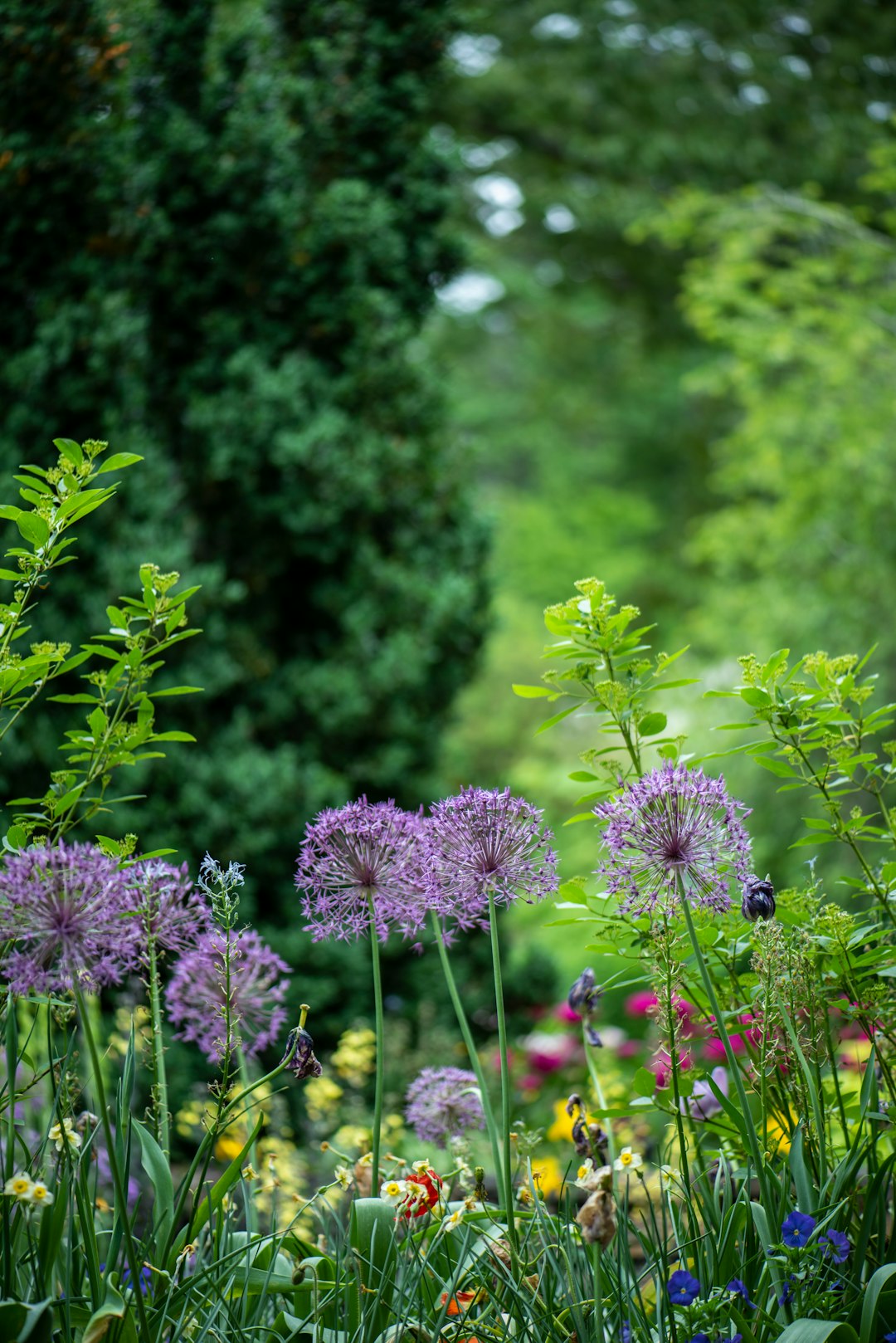
Wow, what a journey through the vibrant world of community garden vegetables! From selecting the perfect low-maintenance crops like kale and cherry tomatoes to mastering seasonal planting and sustainable practices, you now have the full toolkit to transform your plot into a flourishing green oasis.
Remember, community gardening is as much about connection as it is about cultivation. The shared knowledge, stories, and support from fellow gardeners make every harvest sweeter. Whether you’re battling pesky aphids with marigolds or savoring your first homegrown basil pesto, each step is a win.
If you’ve been wondering how to juggle busy schedules with garden care, now you know the secret: choose resilient, easy-to-grow veggies, use vertical space, and mulch like a pro to conserve moisture. And don’t forget—consistent harvesting encourages plants to keep producing, so get those scissors ready!
We hope our tips, success stories, and troubleshooting advice inspire you to dig in and grow together with your community. For more inspiration, check out our community vegetable garden project and join the conversation!
Recommended Links for Community Gardeners and Vegetable Enthusiasts 🔗
Ready to gear up? Here are some of our favorite products and resources to help your community garden thrive:
-
Drip Irrigation Kits:
-
Organic Seeds (Kale, Basil, Tomatoes):
-
Raised Garden Beds:
-
Gardening Books:
Happy planting! 🌿
FAQ: Your Burning Questions About Community Garden Vegetables Answered ❓

What are the most popular vegetables to grow in a community garden?
Leafy greens like kale, Swiss chard, and lettuce top the list because they are easy to grow, tolerate variable conditions, and provide continuous harvests. Cherry tomatoes and herbs such as basil and parsley are also favorites due to their flavor, versatility, and relatively low maintenance. Root vegetables like radishes and potatoes are popular for their fast growth and storage potential. These choices balance yield, ease, and community preferences.
Read more about “How Do You Make a Community Vegetable Garden? 10 Essential Steps 🌿 (2025)”
How do community gardens typically manage and maintain their vegetable plots?
Community gardens often operate with shared responsibilities. Gardeners usually sign up for plots and agree to follow guidelines that include regular maintenance, watering schedules, and pest management. Many gardens organize volunteer days for communal tasks like composting, mulching, and pest control. Some have coordinators who facilitate education sessions and ensure plots are cared for fairly. Using low-maintenance crops and sustainable practices helps reduce the workload and keeps the garden thriving.
What are the benefits of growing a variety of vegetables in a community garden?
Growing a diverse mix of vegetables improves soil health, reduces pest and disease risks, and extends your harvest season. Different plants have varying nutrient needs and root depths, which helps maintain balanced soil fertility. Diversity attracts beneficial insects and pollinators, enhancing overall garden productivity. Plus, a variety of crops means more colorful, nutritious meals and a more resilient garden ecosystem.
Read more about “What Are the 10 Essential Objectives of a Garden? 🌿 (2025)”
Can I grow my own herbs and vegetables in a community garden if I’m a beginner gardener?
Absolutely! Community gardens are fantastic places for beginners to learn and experiment. Start with easy, forgiving plants like basil, parsley, kale, and radishes. These crops require minimal care and provide quick, rewarding results. Many community gardens offer workshops, mentoring, and resources tailored for new gardeners. Don’t hesitate to ask experienced neighbors for advice—they’re often eager to share their knowledge!
How can I protect my community garden vegetables from pests naturally?
Utilize companion planting by growing pest-repellent flowers like marigolds and herbs such as rosemary near your veggies. Handpick pests early and encourage beneficial insects like ladybugs. Mulching and crop rotation also help reduce pest problems. Organic sprays like neem oil can be used sparingly if infestations become severe.
What are some space-saving techniques for small community garden plots?
Vertical gardening with trellises for peas, beans, cucumbers, and tomatoes maximizes space. Raised beds and container gardening allow better soil control and accessibility. Intercropping fast-growing plants like radishes between slower growers optimizes every inch. Staggering planting times ensures continuous use of space throughout the season.
Reference Links: Trusted Sources for Community Garden Vegetable Growing 📚
- American Community Gardening Association (ACGA): communitygarden.org
- Johnny’s Selected Seeds (Recommended Seeds): johnnyseeds.com
- Burpee Seeds (Organic and Heirloom): burpee.com
- NPR’s How My Little Community Garden Plot Went From Flop To Flourish: npr.org
- USDA Plant Hardiness Zone Map: planthardiness.ars.usda.gov
- See What Grows (Community Garden Planting Guides): seewhatgrows.org
- Creative Vegetable Gardener (Community Garden Tips): creativevegetablegardener.com
Dive in, get your hands dirty, and watch your community garden plot become a lush, productive paradise! 🌻
